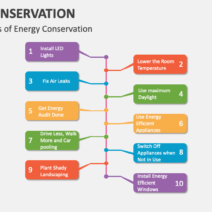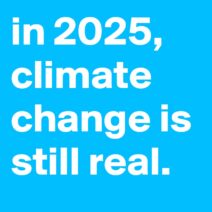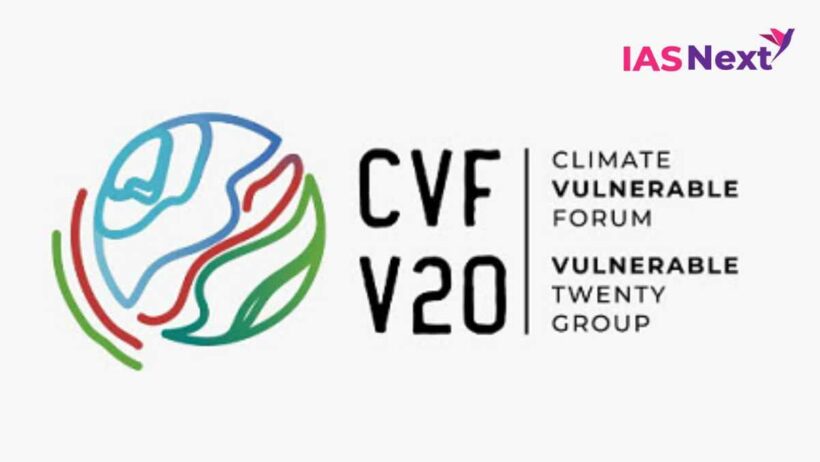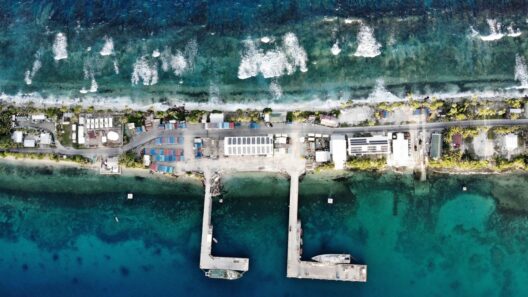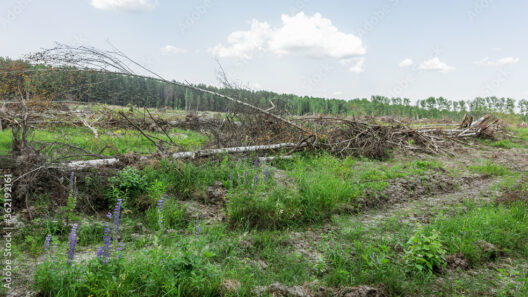The Philippines, an archipelago located in Southeast Asia, is a nation marked by its exquisite beauty and rich biodiversity. However, this vibrant country faces an escalating predicament: climate change. As global temperatures rise due to anthropogenic influences, the Philippines stands vulnerable to a multitude of climate-induced adversities. These challenges are vast, affecting not just the environment, but also the economy, health, and social structures, creating an urgent call to action.
The reality of global warming is stark and pervasive. The Philippines, comprising over 7,000 islands, is acutely susceptible to the consequences of rising sea levels, intensified weather events, and gradually increasing temperatures. The archipelago is nestled in a region known for its pronounced climatic variances, making it a hotspot for climate-related disturbances. Coastal communities, in particular, face existential threats as rising seas inundate their lands, forcing migrations and dismantling livelihoods.
One significant impact of climate change is the increasing frequency and severity of typhoons. The Philippines is already known as one of the most typhoon-prone countries globally, with approximately 20 typhoons making landfall each year. With a warming climate, typhoons are projected to become more ferocious, bringing about extreme winds, torrential rains, and subsequent flooding. These calamities can devastate local economies, displacing communities and disrupting essential services. The repercussions extend beyond immediate destruction; they affect agriculture, healthcare, and infrastructure, creating long-lasting socio-economic ramifications.
Agriculture, a vital component of the Philippine economy, suffers tremendously from climate change. Farmers rely on predictable weather patterns for crop cultivation, yet changing climatic conditions challenge this dependency. Prolonged droughts and unexpected heavy rainfall lead to crop failures, diminishing food security. With rice, corn, and various fruits as staple crops, the Philippines faces the prospect of exacerbated poverty levels and heightened food prices as agricultural yields fluctuate. The potential for food scarcity looms large, necessitating innovative agricultural practices and resilience planning.
Moreover, water resources in the Philippines are increasingly under stress due to climate change. With erratic rainfall patterns, access to fresh water for drinking and irrigation purposes is dwindling. This scarcity is exacerbated in urban areas, where burgeoning populations place additional strains on water supplies. The projected rise in temperatures could further diminish water quality, potentially leading to health crises. Addressing water scarcity will require comprehensive management strategies that prioritize sustainability and equitable distribution of this precious resource.
The health implications of climate change in the Philippines cannot be overlooked. With increased temperatures and changing rainfall patterns, the prevalence of vector-borne diseases, such as dengue fever and malaria, is likely to rise. These diseases thrive in warmer climates, and declining public health infrastructure could struggle to cope with the surging health demands. Furthermore, natural disasters precipitated by climate change can lead to physical and mental health issues, prompting an urgent need for preparedness and response initiatives.
Coastal and marine ecosystems, too, are at risk. The Philippines boasts rich marine biodiversity, including coral reefs and fisheries that are integral to local economies and food systems. Rising ocean temperatures contribute to coral bleaching, a phenomenon that severely diminishes coral health and biodiversity. Overfishing, compounded by habitat destruction from coastal development and pollution, threatens the livelihoods of those dependent on these resources. Sustainable fishing practices and marine conservation efforts are increasingly critical in combating these challenges.
Another aspect of the climate challenge is the social dimension. Vulnerable populations, including indigenous peoples and low-income communities, are often disproportionately affected by climate hazards. Marginalized groups lack the resources and capacity to adapt to climate changes, facing heightened risks. Addressing social inequities is essential in climate action plans; inclusive approaches must empower these communities with knowledge, resources, and decision-making authority to cultivate resilience.
In response to these profound challenges, the Philippine government and various organizations are working to implement climate action frameworks. The National Climate Change Action Plan (NCCAP) is a strategic approach to enhance adaptive capacity and mitigation efforts, aimed at building resilient communities and fostering sustainable development. International collaboration is also pivotal, as climate change knows no borders. Partnerships with global entities can bring vital resources, technology, and knowledge to address the vast challenges associated with climate vulnerability.
Education plays a crucial role in climate resilience. Increasing awareness about climate change impact and adaptation strategies among all levels of society is paramount. Schools, communities, and organizations should prioritize educational programs to instill a culture of sustainability and environmental stewardship. Through education, individuals can learn to adapt practices that reduce carbon footprints, enhance community resilience, and foster biodiversity conservation.
The climate challenge confronting the Philippines necessitates multifaceted approaches driven by collaboration, innovation, and commitment. Addressing these adversities extends beyond mere survival; it compels the nation to reevaluate its development paradigms, elevate the voices of its marginalized populations, and galvanize collective action against a common threat. As the world grapples with the realities of climate change, the Philippines stands as both a warning and a model—a testament to resilience amidst vulnerability, and an urgent plea for global solidarity in preserving the planet for future generations.
